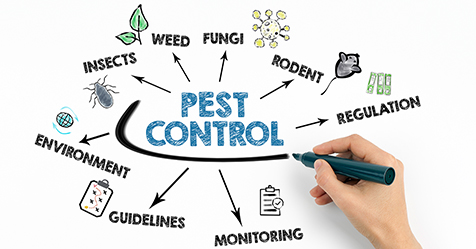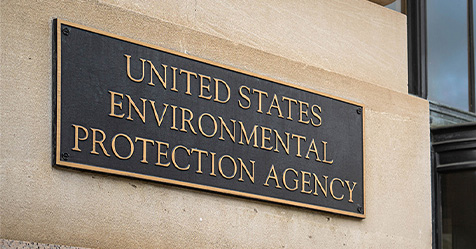ISSA President: Advocacy Work Is Essential
At the 2025 ISSA Clean Advocacy Summit, ISSA President Laurie Sewell addressed attendees with a heartfelt message about the importance of showing up and speaking out for the cleaning industry. “This is important, and this is exactly where we’re supposed to be,” Sewell said, encouraging participants to embrace their role in shaping policy.
Sewell emphasized that advocacy is not a side project—it’s a core pillar of ISSA’s mission. “It’s not something extra. It’s something essential,” she said, adding that the cleaning industry’s voice gets stronger every time professionals share their real-world experiences with policymakers.
She cited an example from her home state of California, where proposed legislation—Assembly Bill 2364—would have imposed unrealistic productivity rates on cleaning staff, requiring output of no more than 2,000 square feet per hour per worker. “It was way off the mark,” she said, pointing out that the bill didn’t account for the wide range of cleaning tasks, from operating room disinfection to warehouse sweeping.
Thanks to the work of ISSA’s Government Affairs Director John Nothdurft and others, and the involvement of cleaning professionals who brought context and credibility to the conversation, the bill was shifted from a hard mandate to a study process. “It shows what’s possible when we engage early and bring the right voices into the room,” Sewell said.
Her message was clear: You don’t need to be a professional policymaker to make an impact. “We are professionals who understand this industry,” she said. “We know the people. We know the processes. We know the unintended consequences.”
As she reminded the audience, the work that cleaning professionals perform supports every space where people live, work, worship, learn, and heal. “That deserves a voice at the highest level,” she said. “And I’m proud to be standing with all of you.”


